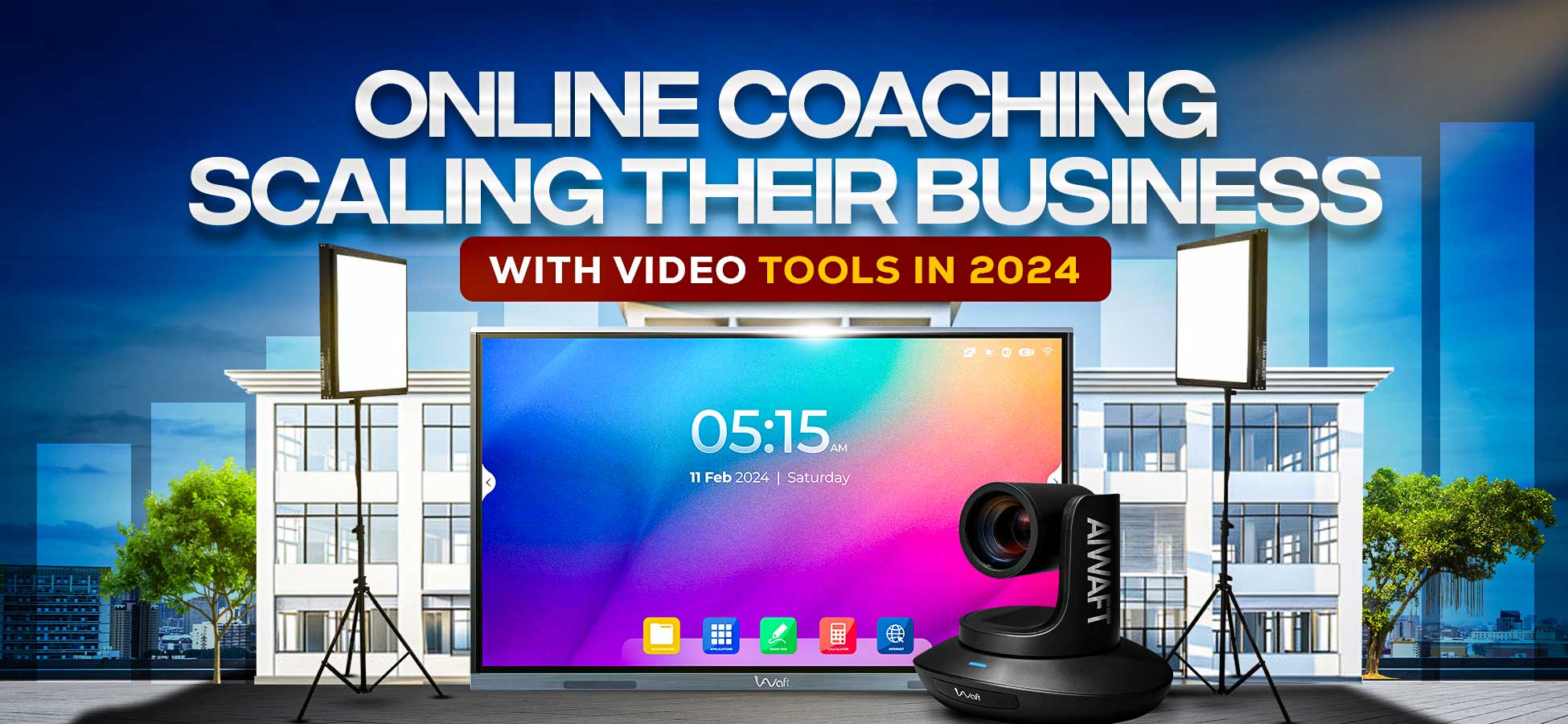Introduction
In today’s rapidly evolving educational landscape, hybrid teaching models are gaining immense popularity. A shining example of this success is Physics Wallah, led by Alakh Pandey. This blog explores how Physics Wallah’s innovative hybrid teaching setup not only maintains high-quality education across multiple centers but also generates significant revenue. Dive in to discover the secrets behind this successful model and learn how you can implement a similar setup for your educational institution.

Understanding the Hybrid Teaching Teaching Model
Hybrid teaching combines the best of both online and offline education. It leverages technology to deliver lessons to students both physically present in classrooms and attending remotely. This model ensures consistent quality of education and offers flexibility to students and teachers alike.
The Success Story of Physics Wallah
Physics Wallah, founded by Alakh Pandey, has revolutionized the hybrid teaching model. Recognizing that content is king, Alakh Pandey meticulously developed a system where quality education could be delivered consistently across various centers in India, from metropolitan cities to small towns. The result is a seamless blend of online and offline teaching that has earned Physics Wallah crores in revenue.

Key Components of the Hybrid Teaching Setup
Digital Studio Setup
The backbone of Physics Wallah’s hybrid teaching model is its digital studio setup, featuring state-of-the-art equipment. For more on essential equipment, check out our guide on Must-haves for your Teaching Studio Setup. This setup includes:
- Digital Boards: Providing high-quality 4K visuals for clear and engaging presentations.
- Cameras: Wide-angle 4K cameras capturing the entire classroom, ensuring no student is left out.
- Microphones and Speakers: High-quality audio equipment ensures clear communication between students and teachers.
Hardware and Software Requirements
To implement a successful hybrid setup, here are the key hardware and software requirements:
-
Hardware
- Digital boards with 4K resolution.
- Wide-angle 4K cameras.
- Quality microphones and speakers.
- Adequate lighting solutions.
-
Software
- Zoom for seamless video conferencing.
- Integration tools for connecting multiple centres.
Cost-Effective Implementation
Physics Wallah’s model stands out for its cost-effectiveness. By using common tools like Zoom and avoiding proprietary software development, the setup remains affordable. This strategic approach allows the institution to invest in quality hardware without exceeding the budget.

The Role of Mentors in Student Satisfaction
A unique aspect of Physics Wallah’s hybrid model is the inclusion of mentors in each center. These mentors, although not star faculty, play a crucial role in resolving students’ doubts and maintaining classroom decorum. This ensures that students receive the personalized attention they need, even when taught by remote faculty.
Financial Benefits of the Hybrid Teaching Model
The hybrid teaching model not only enhances educational quality but also provides significant financial benefits:
Reduced Operational Costs: By centralizing star faculty in one location and broadcasting their lectures, operational costs are significantly reduced.
Increased Revenue: The ability to cater to a larger number of students across various locations leads to higher revenue.
Scalability: The model is highly scalable, allowing institutions to expand their reach without proportionate increases in costs.
Conclusion
Physics Wallah’s hybrid teaching model is a testament to the power of integrating technology with education. By maintaining high-quality teaching standards and leveraging cost-effective solutions, they have created a successful and lucrative educational framework. This model not only ensures student satisfaction but also significantly boosts revenue, making it a win-win for all stakeholders.
FAQ
Q1: What is a hybrid teaching model?
A1: A hybrid teaching model combines online and offline teaching methods to provide flexible and high-quality education to students.
Q2: How does Physics Wallah ensure the quality of education across different centers?
A2: By using high-quality digital boards, cameras, and sound systems, and incorporating mentors in each center to address students' doubts.
Q3: What are the financial benefits of a hybrid teaching model?
A3: Reduced operational costs, increased revenue from a larger student base, and scalable operations.
For more insights and detailed explanations, watch the embedded video above or contact us for a consultation on setting up your own hybrid teaching model.


